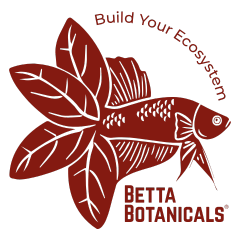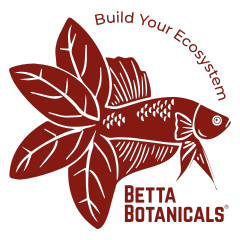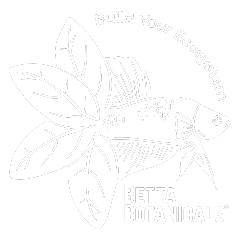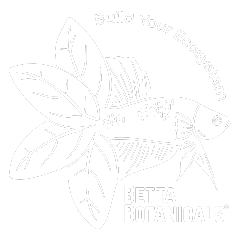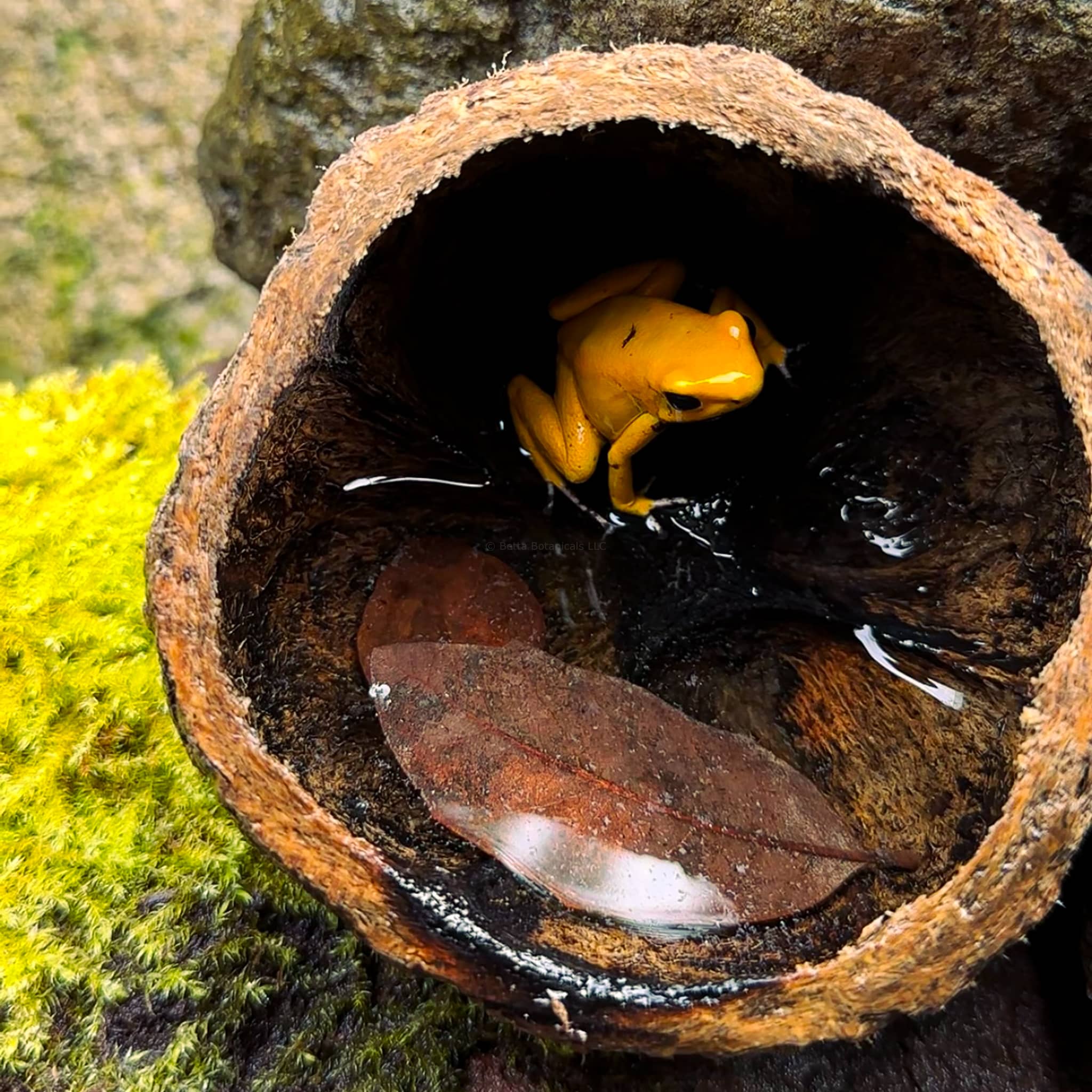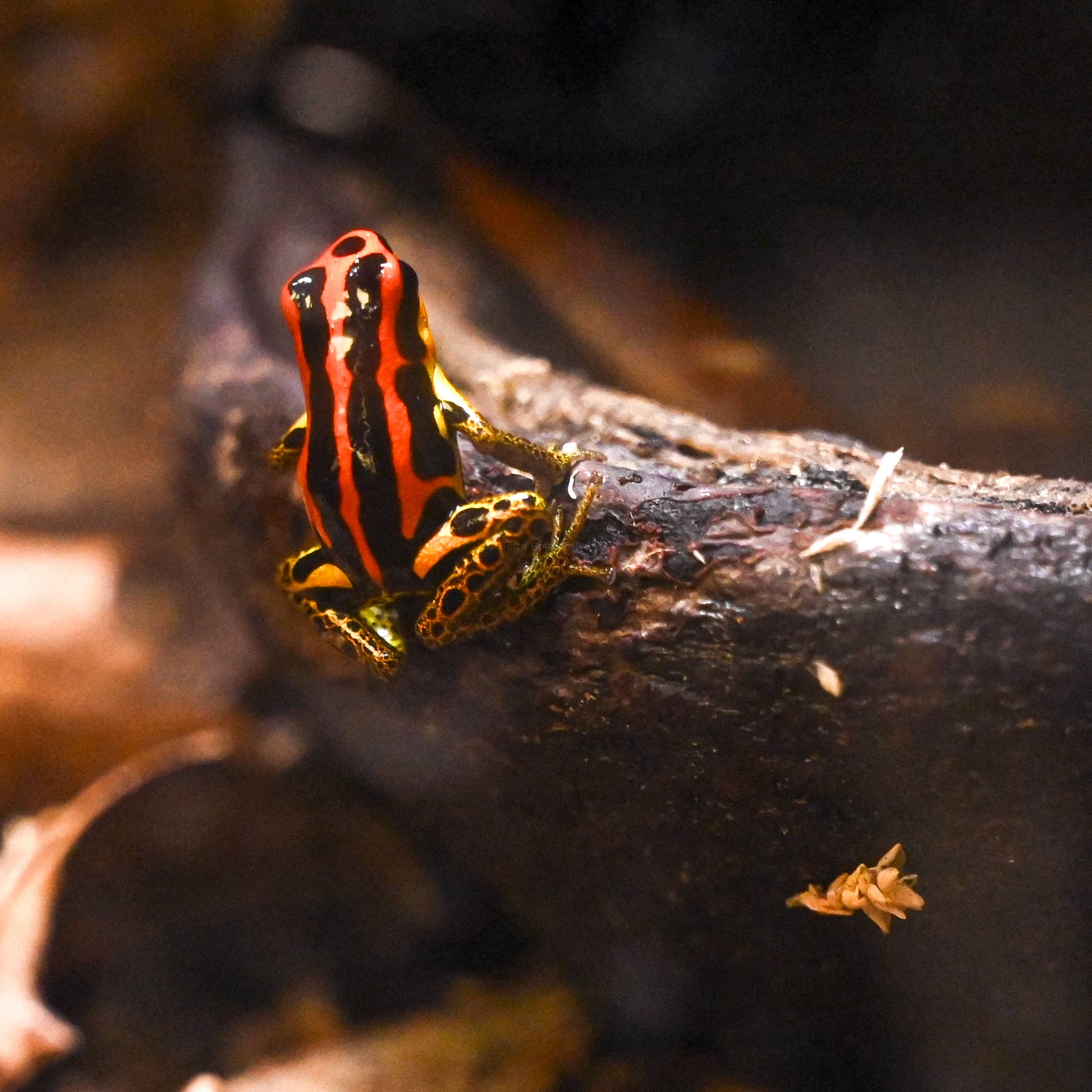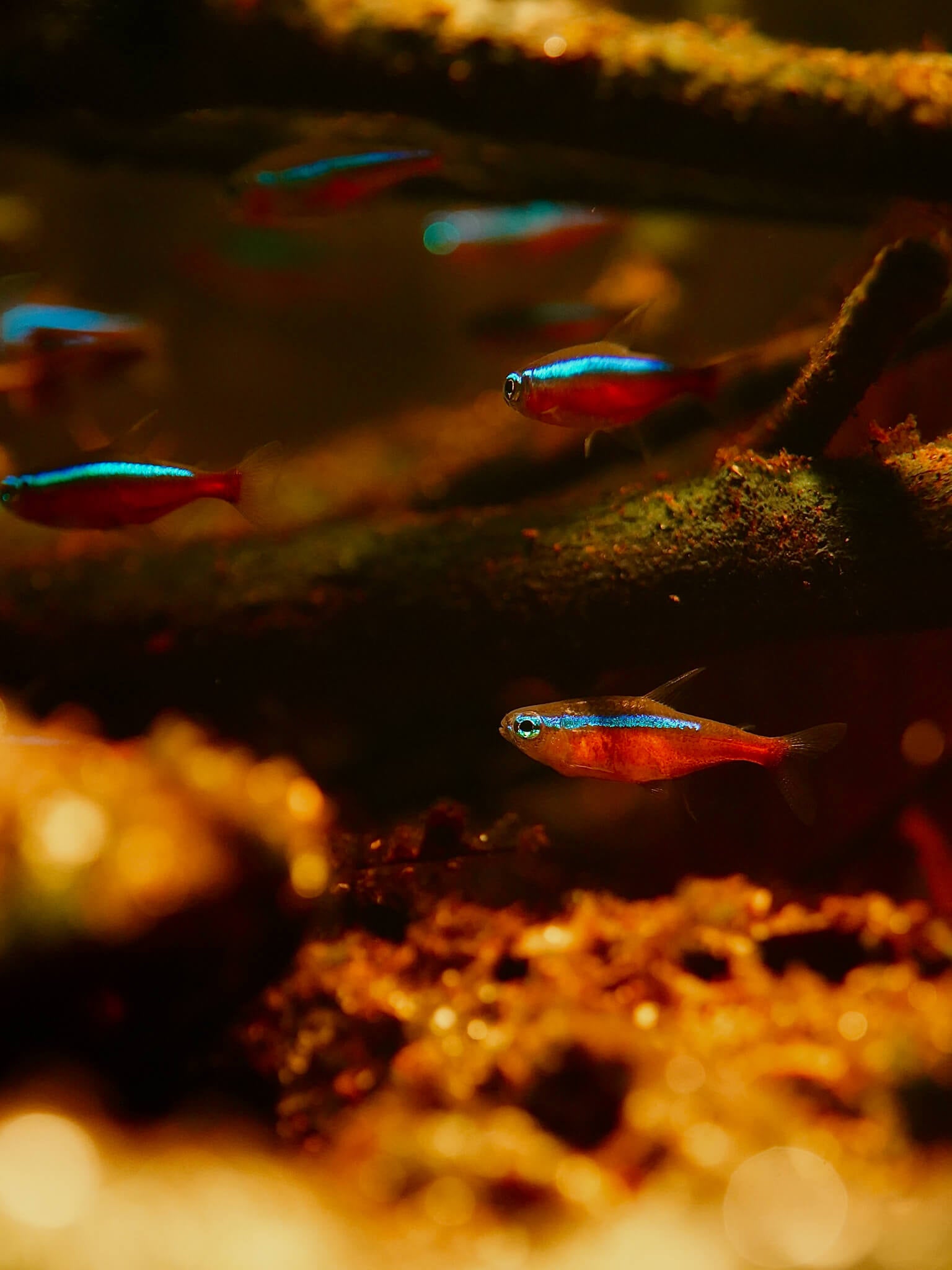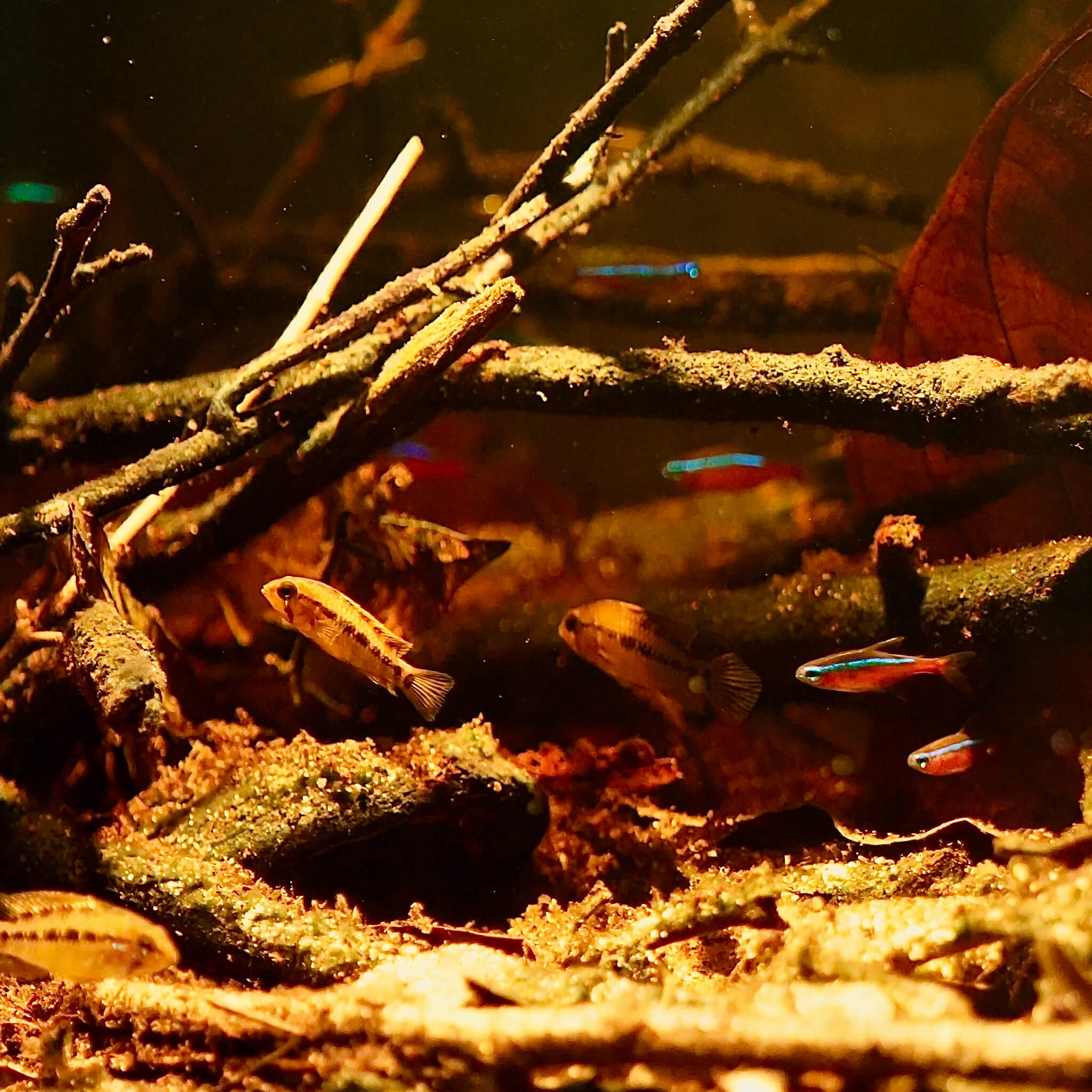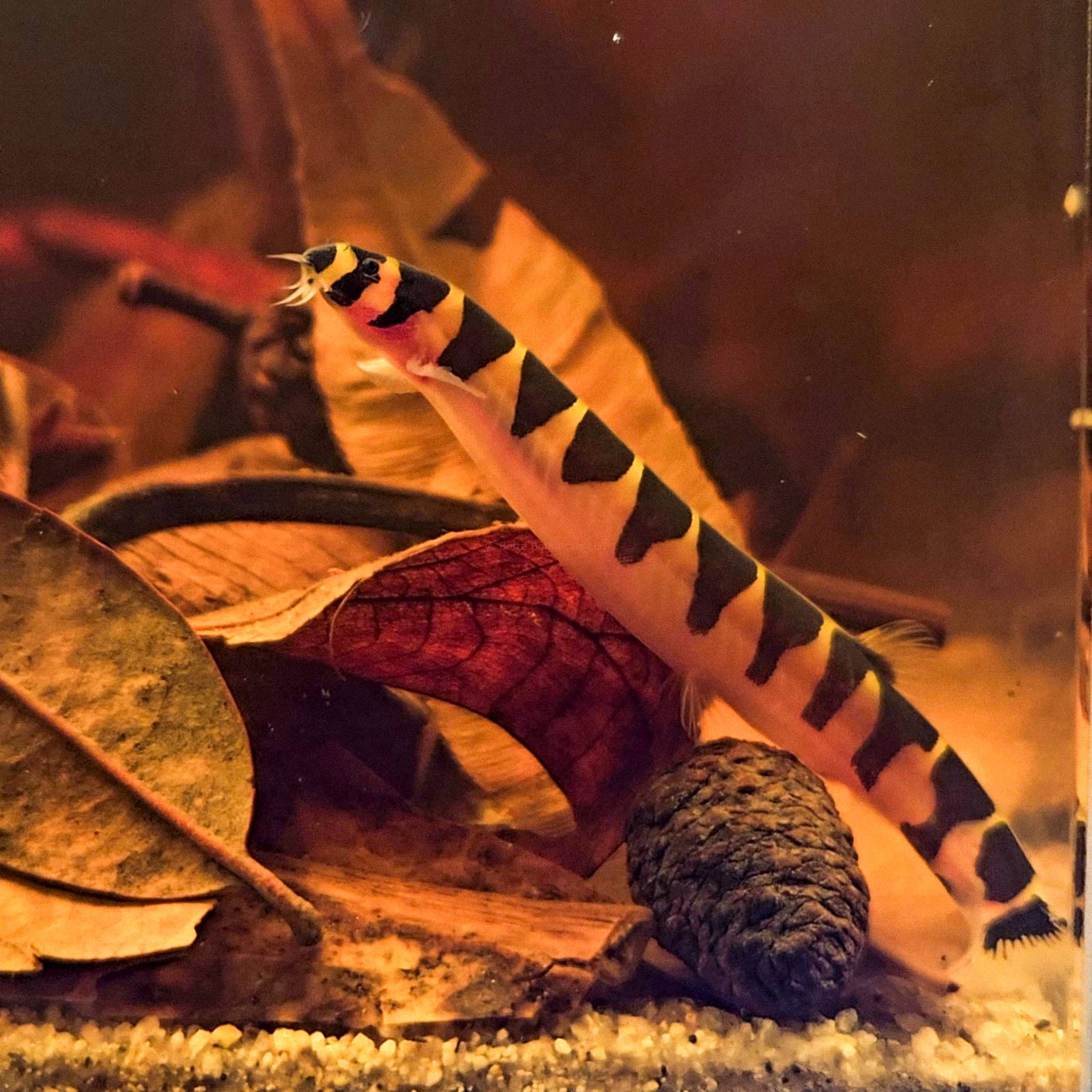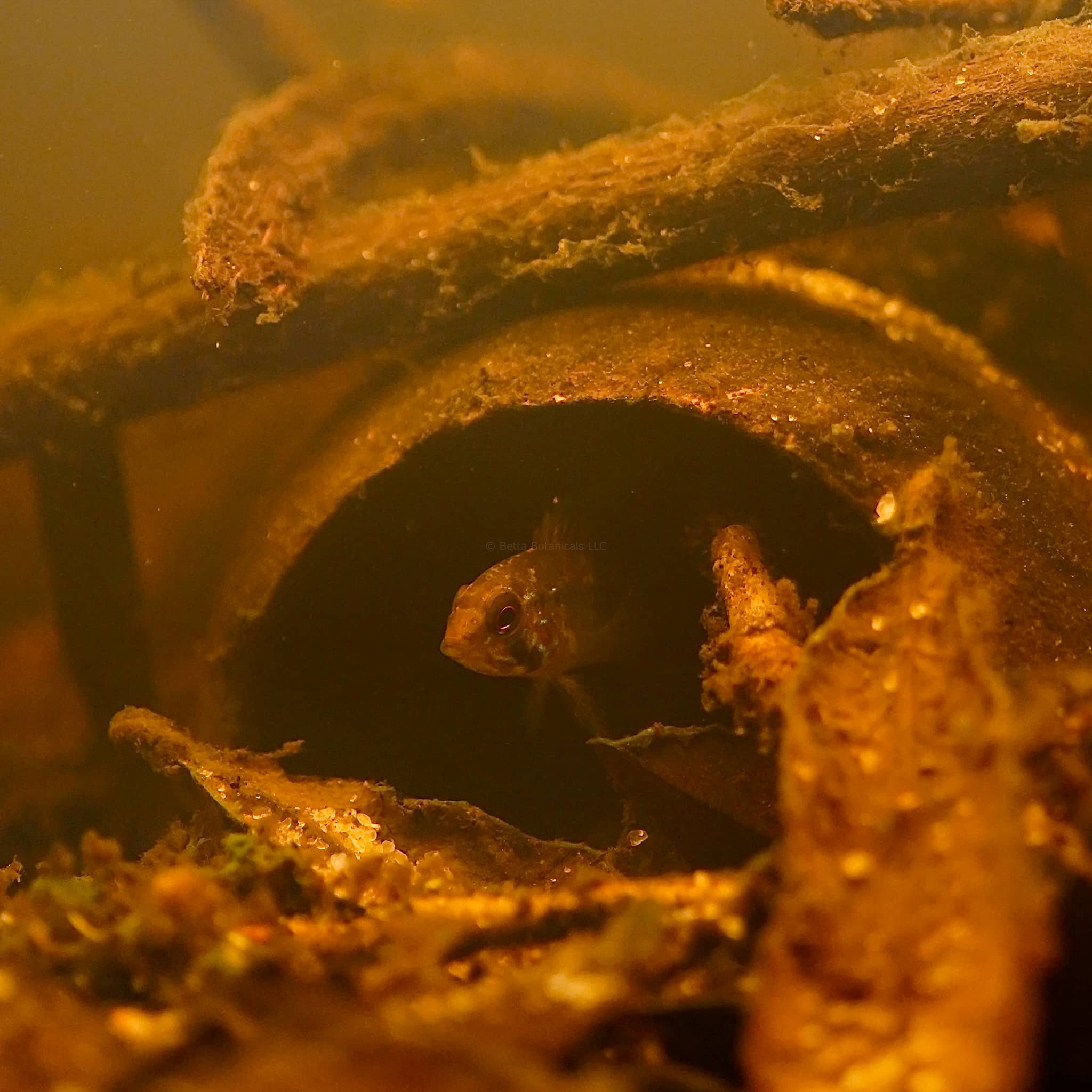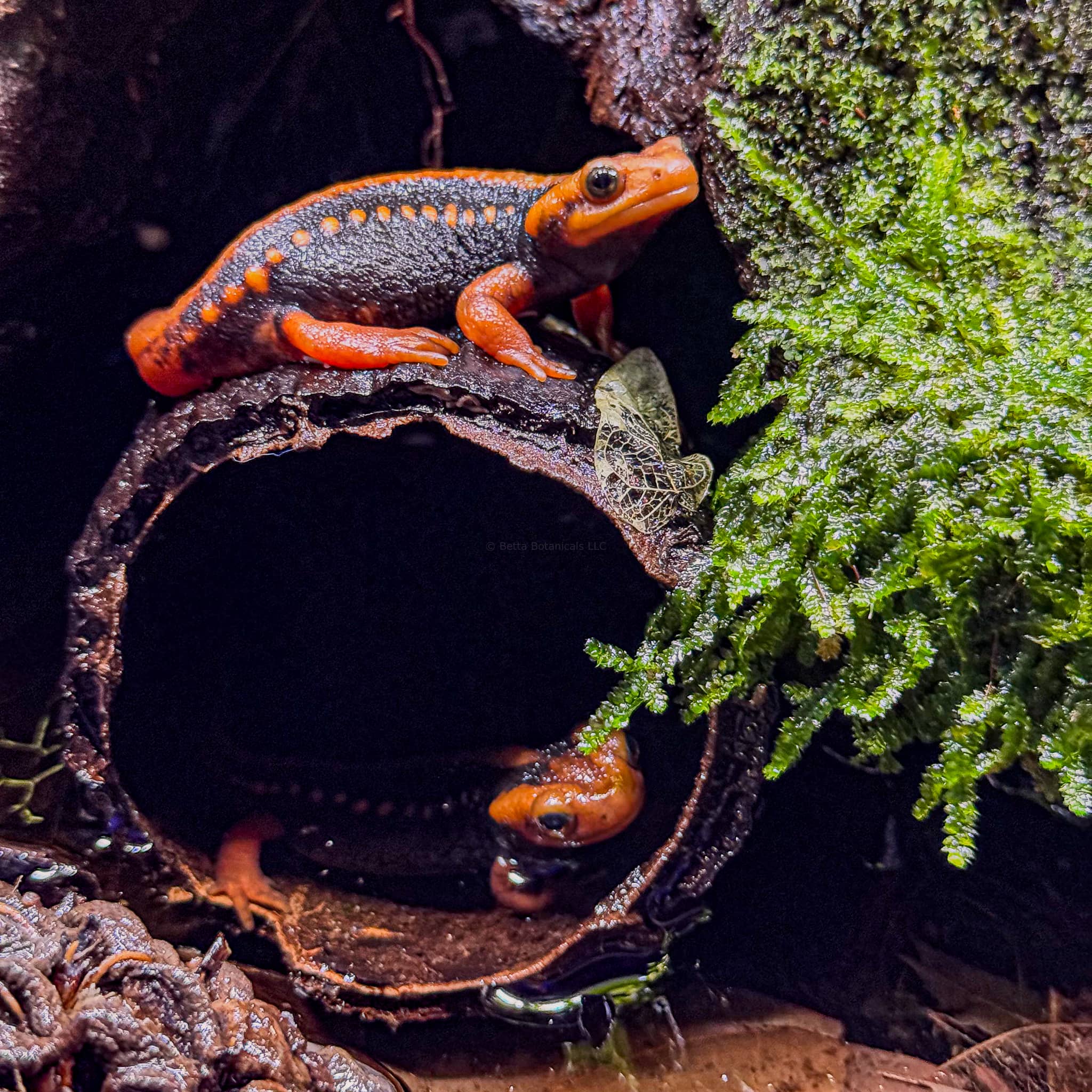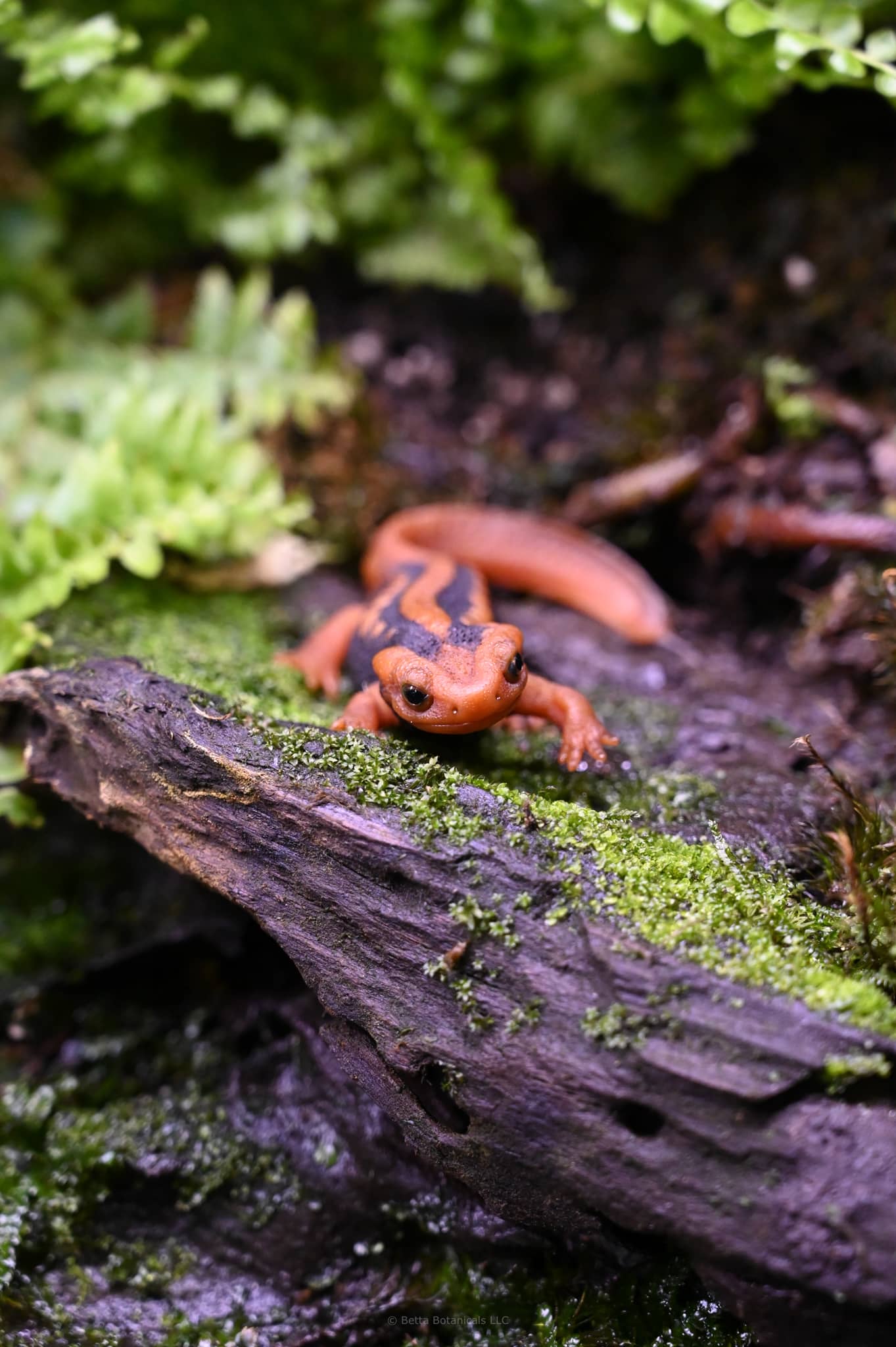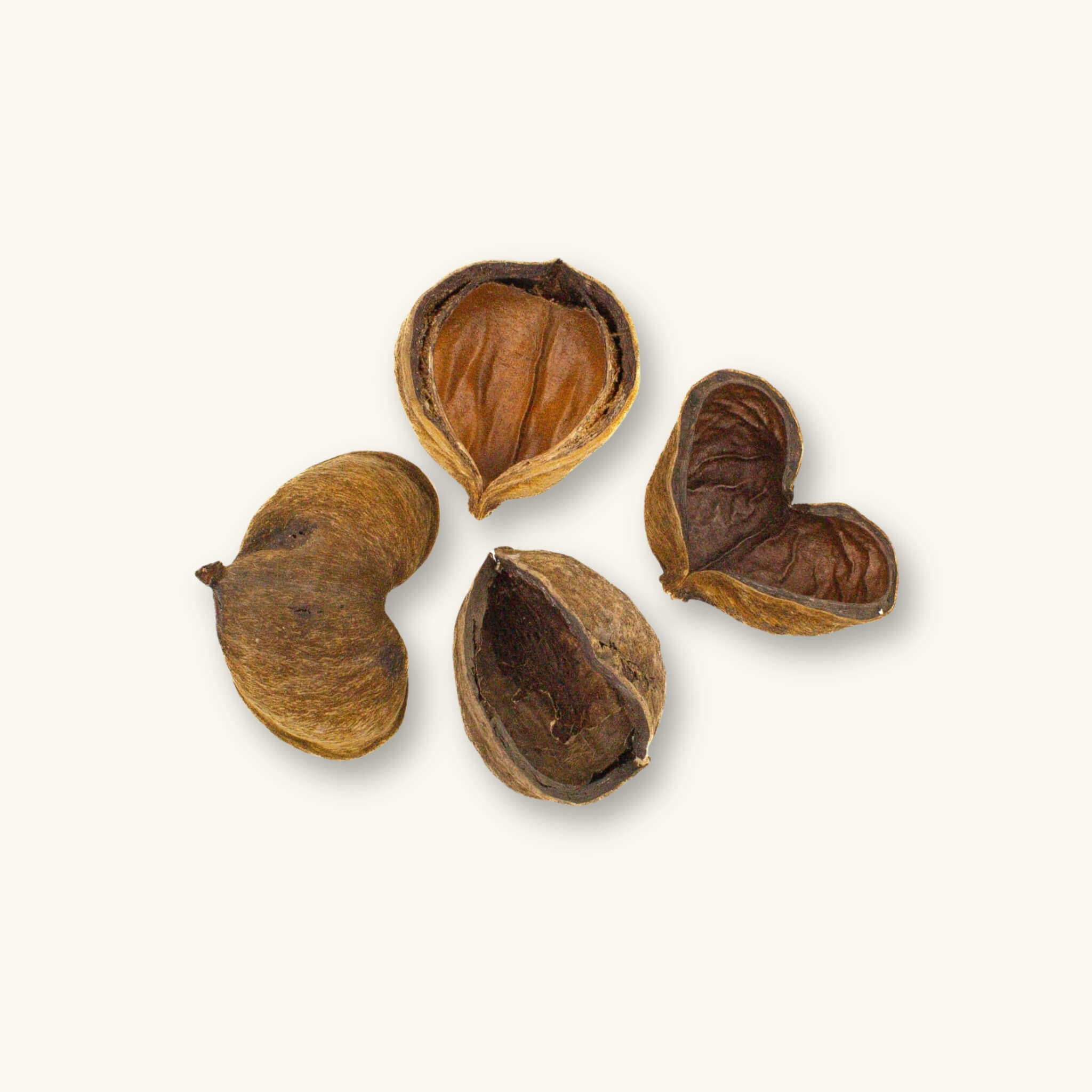
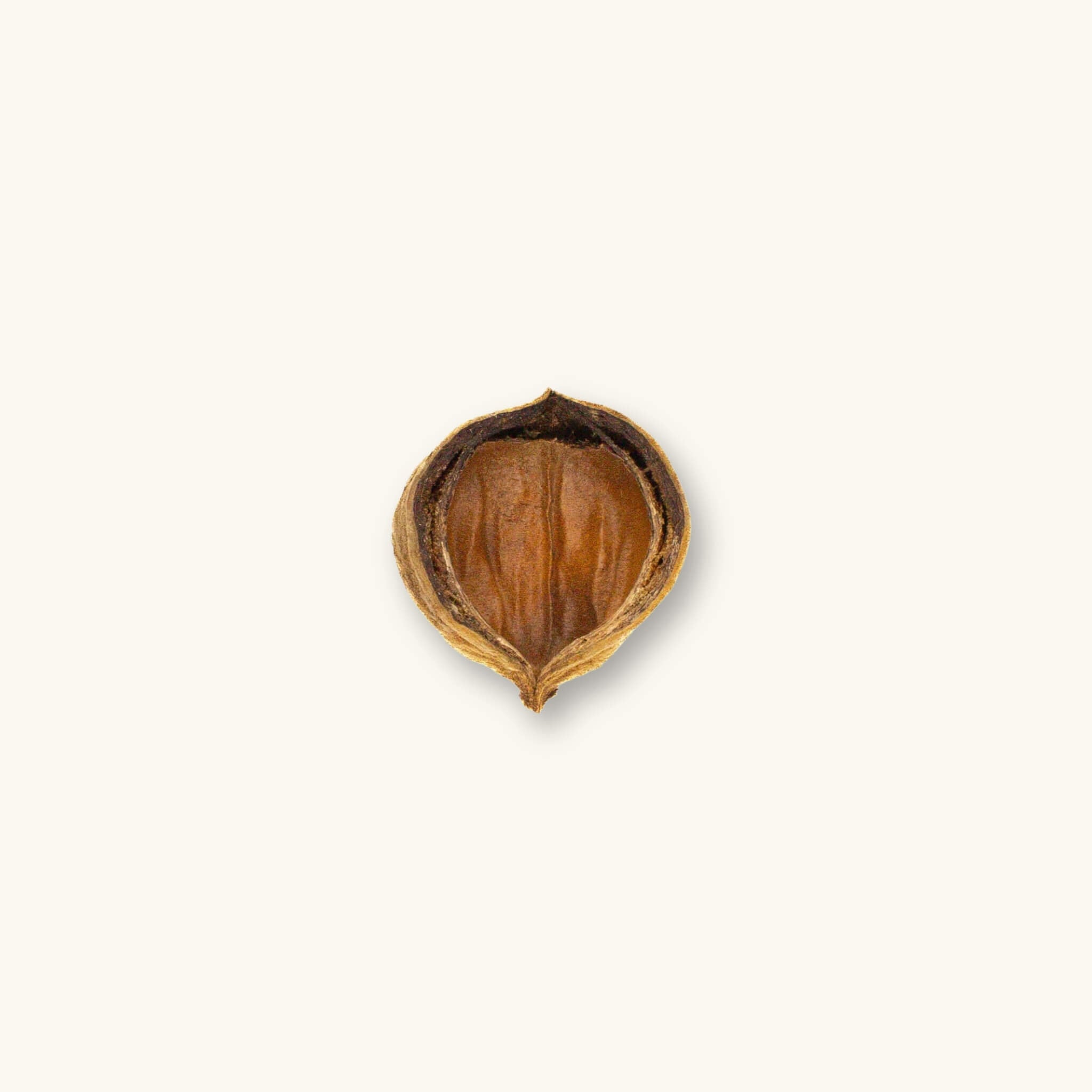
Colombian Jungle Pods | Sterculia apetala
Colombian Sterculia Pods on the Surface
Commonly known as Jungle Pods, these naturally fallen and air-dried Sterculia Pods are collected from the lowland tropical forests of Colombia. They are a durable and woody seed capsule that opens to create ideal caves for fish and amphibians to seek refuge in within the aquarium and vivarium. Their size and texture make them especially well-suited for smaller aquatic species that seek refuge or spawning sites among natural botanicals.
- Tannin Level: Low
- Tint Color: Light to medium amber
- Durability: High – decomposes slowly over several months
- Habitat Location: Lowland tropical forests of Colombia
- Optimal For: Small cichlids (Apistogramma), Corydoras, tetras, shrimp, snails, and amphibians
- Use with Cation: Suitable for all species of fish, reptiles, isopods, and amphibians
- Size Range: ~1.5–3 inches in diameter, half-closed or wide open
- Quantities: 4 Sterculia apetala pods per pack
Colombian Sterculia Pods for Aquariums & Vivariums
In the Botanical Method, Biotope, or Blackwater Aquarium, Colombian Sterculia Pods release beneficial compounds to the water and provide refuge sites for aquatic life. Their concave shape creates natural shelters and territories for species such as Apistogramma Corydoras, helping reduce stress and aggression. The fibrous inner surface becomes coated in biofilm and fungi, creating a natural grazing area for shrimp, snails, and small catfish like Otocinclus and Plecos.
Unlike many softer botanicals, these pods resist rapid decomposition. Instead, they soften gradually, contributing organic material to the substrate over time, creating that beneficial layer of detritus. As they condition, they release a mild tint that enhances the amber hue of botanically driven ecosystems. Their hard outer shell and textured surface increase surface area for beneficial microbes to colonize, reinforcing biological stability within the aquarium.
In bioactive enclosures, Sterculia Pods create microhabitats for mosses and small fauna. Their shape creates moist, shaded pockets that promote healthy temperature and humidity regulation—ideal for amphibians like dart frogs that depend on localized moisture zones. Once saturated and aged, they decompose into nutrient-rich forest floor material, supporting detritivores such as springtails and isopods.
Beneath the Leaves: Sterculia apetala in the Wild
In Colombia’s humid lowland forests, Sterculia trees rise high above the understory, their branches dropping these seed pods, which are used as shelters once the fruit inside has been consumed. These trees grow buttresses, which are a common tree trunk structure replicated within the vivarium hobby, often with bromeliads or orchids affixed to them. They are a commonly used wood within forestry as tool handles, canoes, cases, and crates, and the seeds, once roasted, can be used to flavor chocolate.
Sustainability Note
This product's packaging is home compostable. Just like the botanicals inside, it will break down naturally and return to the soil, because what supports your ecosystem should minimally impact our planet.
Not for human consumption. Preparation required.
This is a natural product—variation in color, shape, and texture is expected.
Home is getting more natural
While the aesthetic appeal of botanicals and tinted water can be quite attractive to us, the recreation of nature to emulate water conditions, feeding patterns, spawning displays, and territory building are the true benefits botanicals provide to our critters.
Botanical FAQs
Compostable Packaging Promise
Our packaging is designed to return safely to the Earth, just like the botanicals inside. Every bag is BPA- and Phthalate-free, GMO-free, and contains no animal products. Each meets ASTM D6400 composting standards, ensuring it can fully break down in a home compost bin.
What are the Fluffy White Growths on my Botanicals?
That’s biofilm and fungi—what we call the “goo phase.” It’s one of the clearest signs that your aquarium is alive and functioning. These growths wax and wane naturally as botanicals decompose. They’re harmless, even beneficial, and will disappear on their own once microbial populations stabilize.
Will botanicals lower the pH of my water?
That depends entirely on your source water. In very soft or RODI water, botanicals can gradually lower pH as tannins and humic substances accumulate. In medium to hard tap water, buffering capacity often resists these shifts, and you may not notice much change. At Betta Botanicals HQ, our very hard water (350+ ppm) shows almost no pH change unless we use botanicals like Alder Cones or Macaranga Leaves.
When should I replace leaves or pods in my tank?
We recommend allowing botanicals to fully break down into detritus, since this fuels microbial life and enriches the substrate. You can remove them once they stop tinting the water, but you’ll lose some of their ecological benefits. Each time you add new botanicals, follow proper preparation and observe your livestock until you learn your aquarium’s rhythm.
Are your products just for bettas?
Nope. Our botanicals are safe for almost all aquariums, terrariums, vivariums, and paludariums. The only exceptions are goldfish and axolotls, which may ingest small pods like alder cones or casuarina cones. For those species, we recommend large leaves such as Indian Almond, Loquat, or Jackfruit.
What are Tannins?
Tannins are natural compounds released by leaves, seed pods, and bark as they decompose in water. They soften water, gently lower pH, and create the characteristic tea-stained tint found in blackwater habitats. But their role goes far beyond color—tannins fuel beneficial bacteria, fungi, and biofilms, which form the foundation of a healthy ecosystem. They also offer mild antifungal benefits and help reduce stress in fish by replicating the natural conditions they’ve evolved in. At their core, tannins are plant-derived antioxidants that connect your aquarium to the same processes at work in wild flooded forests and streams.
